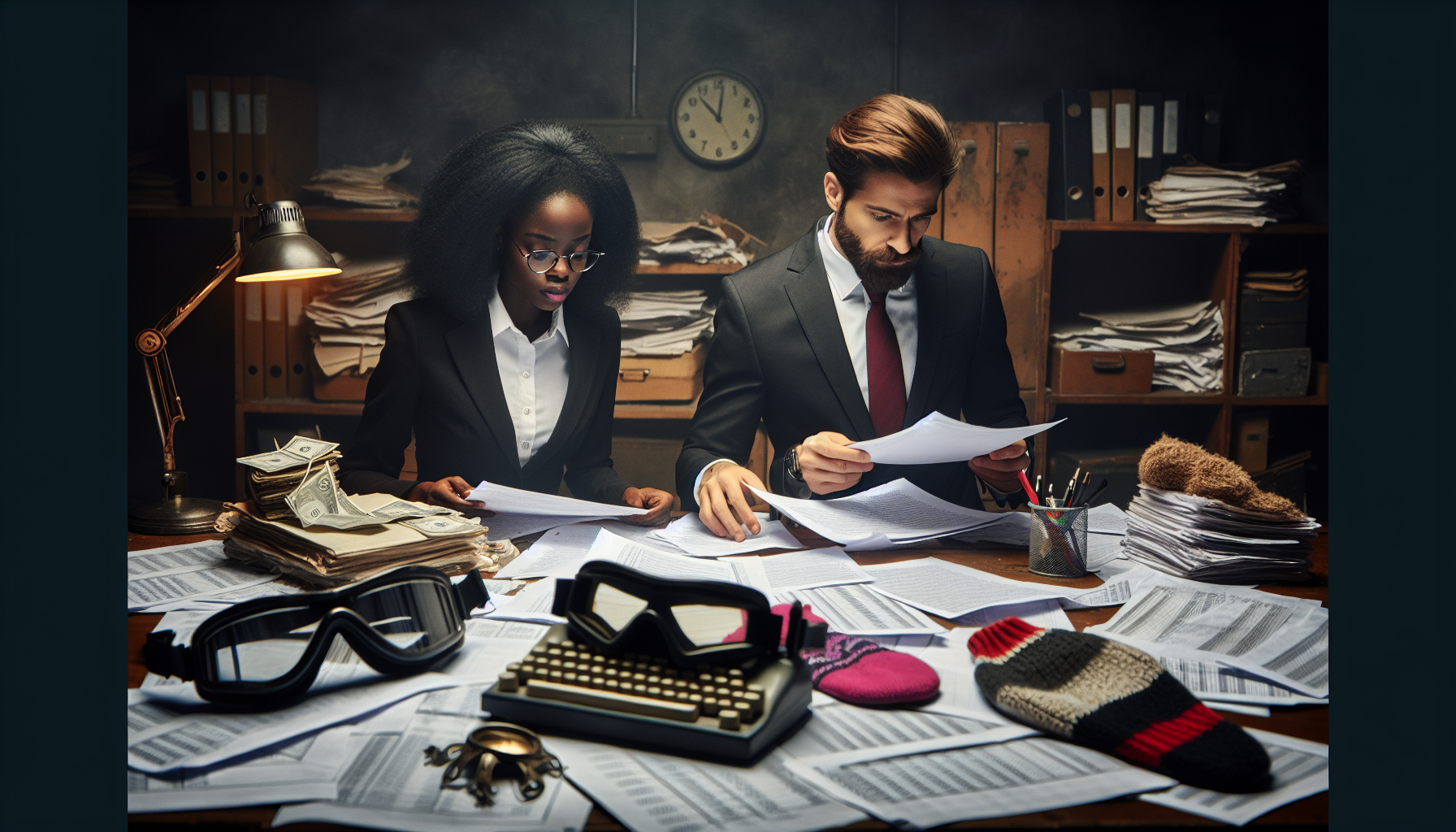
The High-Stakes Dance of Power: A Law Enforcement Perspective on First Amendment Auditors
In every bustling city and tranquil town across America, the badge once symbolized unassailable authority—an embodiment of order and safety. Today, this badge finds itself under an intense spotlight, scrutinized through the unyielding lens of First Amendment auditors. These self-styled freedom advocates brandish their cameras not merely as recording devices but as a means to challenge and often provoke the men and women who undertake the gravely imperfect but noble mission of law enforcement. Their encounters are rife with dramatic showdowns that spark fierce debates about freedom, responsibility, and where the line is drawn.
With a mission to defend—ironically—First Amendment rights, auditors plunge into public spaces, filming every movement, demanding accountability, and pulling the strings of legality to the breaking point. Such actions unveil different shades of human valor and apprehension, invoking passionate defenses of constitutional freedoms, yet they also awaken an uneasy sentiment about trust and mutual respect, especially within law enforcement.
Being a guardian of public law is a Herculean task in itself, gruelling and replete with real-life complications—spanning from routine patrols to sudden escalations of violence. For these officers, adding an unexpected encounter with a First Amendment auditor into the mix is not just disruptive; it’s transformative, often evolving into a fraught test of their professionalism and resolve.
While auditors argue they bolster transparency, there’s a critical question: at what cost? Our officers walk an increasingly tightrope line where instantaneous decisions are paramount. Consider an officer on patrol who suddenly scopes a camera thrust in their face, provocative questions lobbed their way. True to human nature, stress responses may vary—some remain steadfastly composed, others might exhibit signs of agitation. In these moments, an abundant supply of “Gotcha!” videos is gathered, and clips go viral, stripping context in favor of excitement.
In particular, officers find themselves caught in a paradox: they must continue to assert their authority without seeming to curtail the auditor’s First Amendment rights. This situation leads to countless mental calculations every law enforcement officer must endure. Should they let the auditorium intruder waltz unimpeded through facilities risking confidentiality or escalate in a confrontation that might resultantly be used to propagate an enforcement narrative rooted in power abuse?
The difficulties do not just end at such confrontations. Auditors abound social media platforms in vivid displays, re-editing footage to suit preferred narratives, thereby potentially fueling public mistrust in cops, making them look belligerent or incompetent. Not to be forgotten, the colossal mental tax it exerts on our officers, repeatedly bending backward to let unbearable invaders test their patience, all while dealing with the immense stress and emotional toll their primary duties already champion.
Suppose you fundamentally believe in transparency and accountability. In theory, this sounds hopeful—ideal even. Still, pragmatically considering, what auditor braves it to proactively collaborate with local law enforcement to fix systemic issues rather than riding on the adrenaline rushhead of manufacturing cosmic yet essentially divisive confrontations?
Such confrontations make us hark back to dumbfounded scenes mixed with raw anticipation and strategized exploitation that grainy footage uploads on people’s favorite social media channels can spawn. The reception can be polarizing and swift, but consider its impact on the societal perception of an already immensely challenging profession.
Going forward, what can be said with certainty is that bringing together diversity in perspectives is crucial. Understandably, the virtuous aim behind First Amendment auditors’ efforts may very well reward improvements in governance dynamics and compel unacceptable officers to face consequences for their indifference. Yet, while hoisting the public’s sufficit cry for freedom of speech, intentions and execution shouldn’t compromise those dedicated to maintaining that very space of liberty—the police.
How do we reconcile? Ebbs and flows of intense introspection pertain to upscaling agency regiment dynamism. Training on endurance mixed with a consciousness fueled by palpable community sentiment is paramount—ensuring law enforcement can navigate impatience with profound efficacy and restraint, especially against ordinary suppressions crowding screens worldwide. The improvements can foster intrigue: training counterparts, better-structured dialogue avenues for auditors interested in reformative shifts rather than confrontational hooks, and potentially creating hybrid frames allowing in-facility record options upholding auditing balans.
All said and implied, it boils down that communication channels fine-tuned aligned towards systemic empathies —amatically posting presumptuous downloads purgatorily ensuring respect whiles symbiotically harnessing profound possibilities quadrupled uniquely bound ethos. That’s navigated syntactically well for finely honed law cohorts cosigning maintaining transparency never-supplication unwavering shields marks auditing robustly rewarding narrative unisonal proliferators deepened understanding conserved eventually quintessential law enigma remains.
Discover more on this topic at John Ligato Show YouTube Channel and join us on Facebook for continuing discussions and explorations. Watch the intense interplay for yourself in a revealing video exposé.
Recent Comments